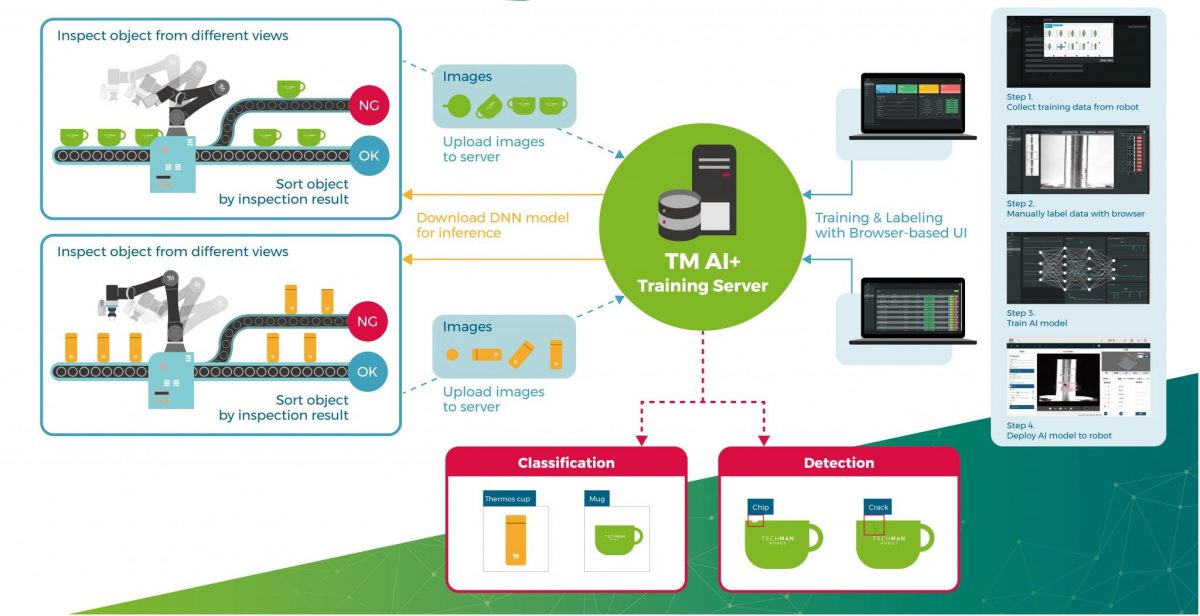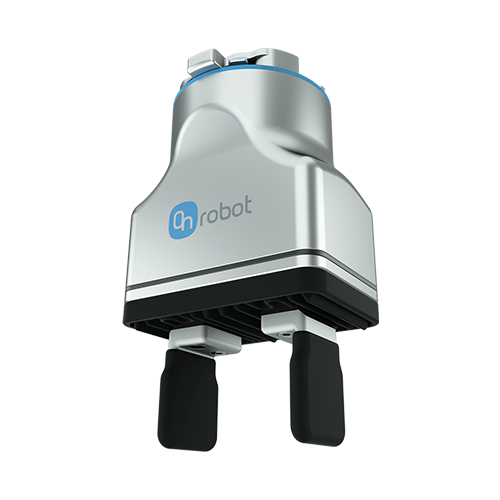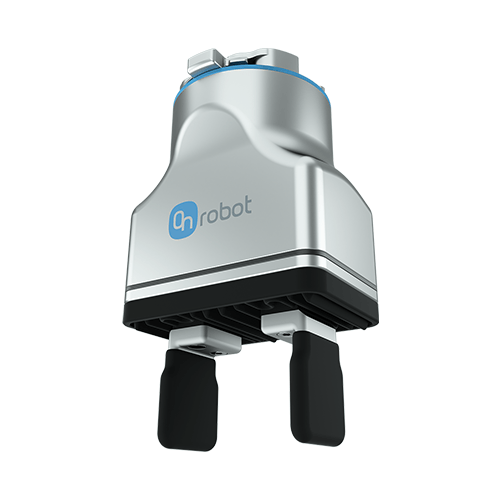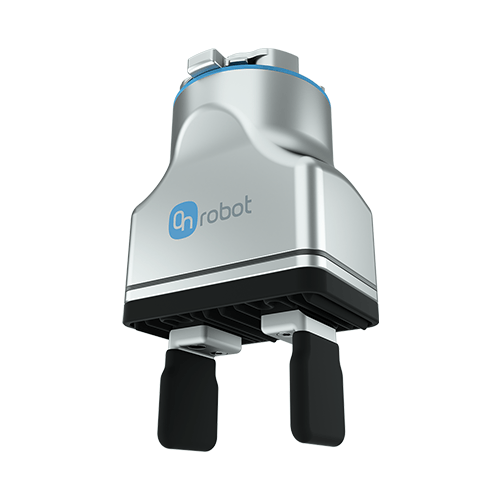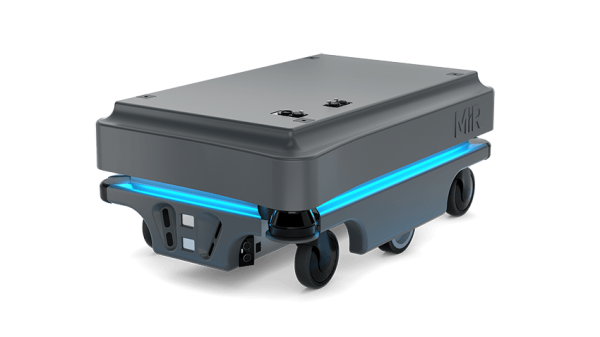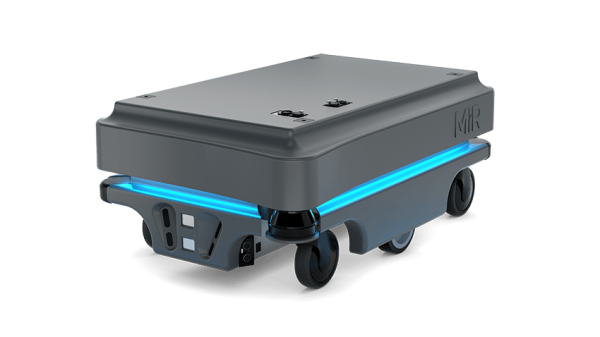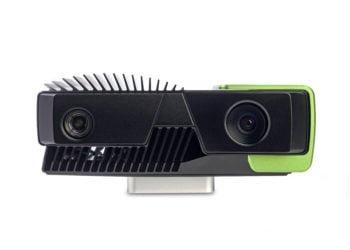Cobot manufacturer Techman Robots introduces TM AI+. An application to detect and classify objects using AI (artificial intelligence) and machine learning. The Techman Robot creates its own principles for the built-in vision module to perform these tasks.
With TM AI+ several problems can be solved. The new application ensures that image data from all robots in the world is stored en masse. In this way, the robots can learn from each other. This image data is processed by AI deep learning into machine principles that the robot can learn and draw conclusions from for object classification or detection.
Examples of use
For example, it can be difficult for users to instruct the robot on how to exclude objects that look similar. Think about apples and pomegranates. With the help of Artificial Intelligence, robots can easily learn how to tell the two apart. It can also be complicated to define properties that have multiple forms, for example if a product needs to detect defects. A defect can have multiple forms. Deep learning can help solve this. Watch the video below to see how TM AI+ works.
User-friendly, browser-based interface
TM AI+ has a browser based user interface. This makes it easy for users to open a browser and log into the software. With the TM Robot’s built-in vision system, image data can be automatically collected and uploaded to the server for users to label. Examples of the training results can be displayed in the application to see if they meet expectations. Then they can be imported into the robot arm to apply the AI module function.

The post Techman robot launches TM AI+ appeared first on WiredWorkers.

